Books
Natasha Bell on LGBTQIA+ representation in modern crime fiction
LGBTQIA+ characters have had a hard time in crime fiction. As a young queer reader hunting for reflection, at first all I found was a confusing array of tropes: cross-dressing murderers, effeminate gay serial killers, evil and obsessive lesbians, untrustworthy bisexuals, and a whole array of characters whose supposed ‘deviancy’ appeared always to lead to death. LGBTQIA+ characters are all too often cast only as victims or villains, and their gender or sexuality used merely as a plot point or dramatic reveal.
Thankfully, nothing is absolute. Mainstream publishers may only recently be recognising LGBTQIA+ crime as an important subgenre, but smaller presses have been carving out space for decades. And authors like Patricia Highsmith, Michael Nava, Joseph Hansen, Val McDermid and Katherine V Forrest have been writing fully three-dimensional, complex and compelling LGBTQIA+ characters all along.
A writer, like a parent, probably shouldn’t have favourites among her characters, but, in This Nowhere Place, Rose is mine. We meet her on a terrible Tinder date, after which she heads to a club, ends up vomiting in the bathroom and hits on the barmaid – not an unusual Thursday night. When she finds out her sixteen-year-old sister is missing, though, she must confront her traumas and return to the small town and small minds she’s been running from.
I’ve never been interested in writing pure victims or villains. This Nowhere Place is a book about outsiders and each of the characters is deeply flawed, but so is the world they live in. What I wanted to create through Rose was a fallible, chaotic, complicated and slightly difficult queer woman who nevertheless deserves empathy. She’s a mess and she drags others into her mess, but she has a deep and genuine heart.
Crime is, I think, at its essence a genre of characters. We come for the puzzle-like plots, but stay for the strange and strangely charismatic individuals we meet between the pages. We read to get under their skin, to understand their motives, to fathom their identities. Which is why it’s actually a natural home for LGBTQIA+ characters, writers and readers alike.
The world is still very cis and very straight, which means that it can be hard to come to terms with one’s gender or sexuality and harder still to navigate the stereotypes, judgements, expectations and hostility of others. Crime has always shown us those struggling against internal and external forces. It’s always asked us to pay attention to people on the edges of society, to think about why they are the way they are, why they’re drawn to the people they’re drawn to, and what they’re willing to sacrifice for the things they care about most. Even when characters aren’t queer, it’s possible to read queer themes and metaphors into some of the most established tropes.
But we deserve more than just metaphor. Things are getting better, with excellent LGBTQIA+ characters taking centre stage in novels by both queer and non-queer authors – check out Sarah Waters, Kristen Lepionka, Cheryl A Head and Luke Jennings if you need somewhere to start – but there’s still work to be done. We need to move beyond the ‘Bury Your Gays’ trope and allow LGBTQIA+ characters to have as many happy endings as sad. We need to challenge tokenism and the perpetuation of harmful stereotypes. When LGBTQIA+ characters get to be as diverse and complicated on the page as we are in life, then I’ll take pride in seeing us as victims and villains – as well as everything else.
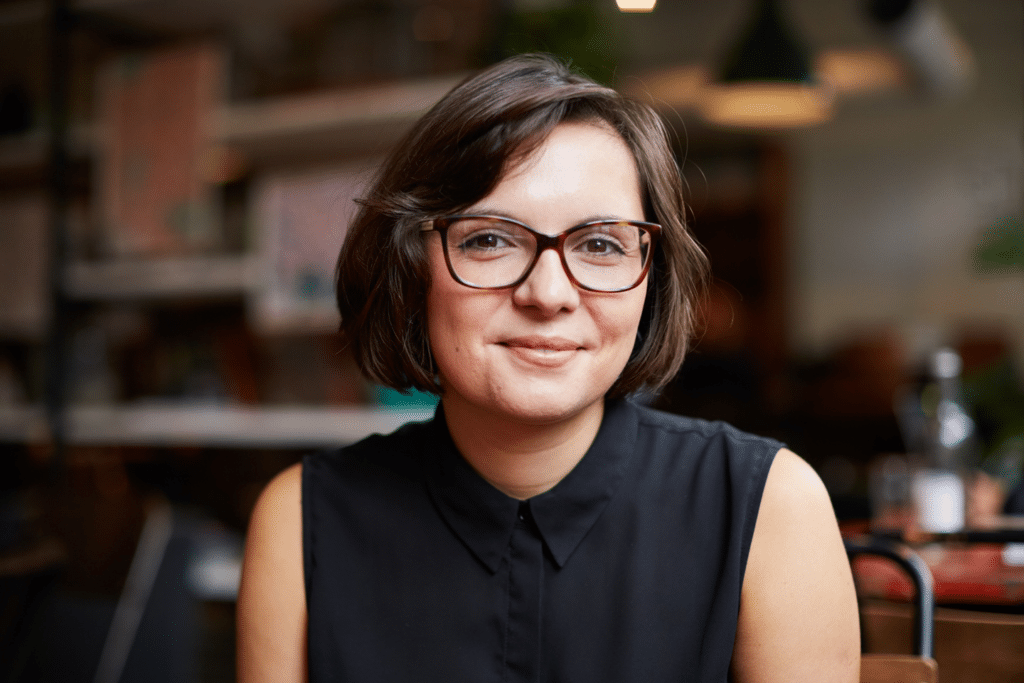

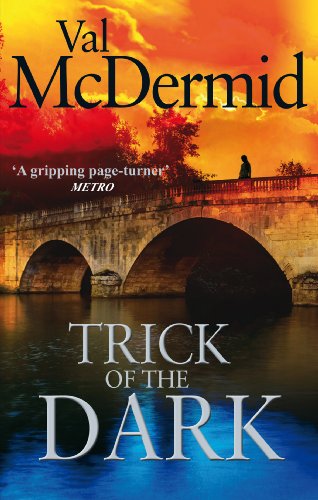
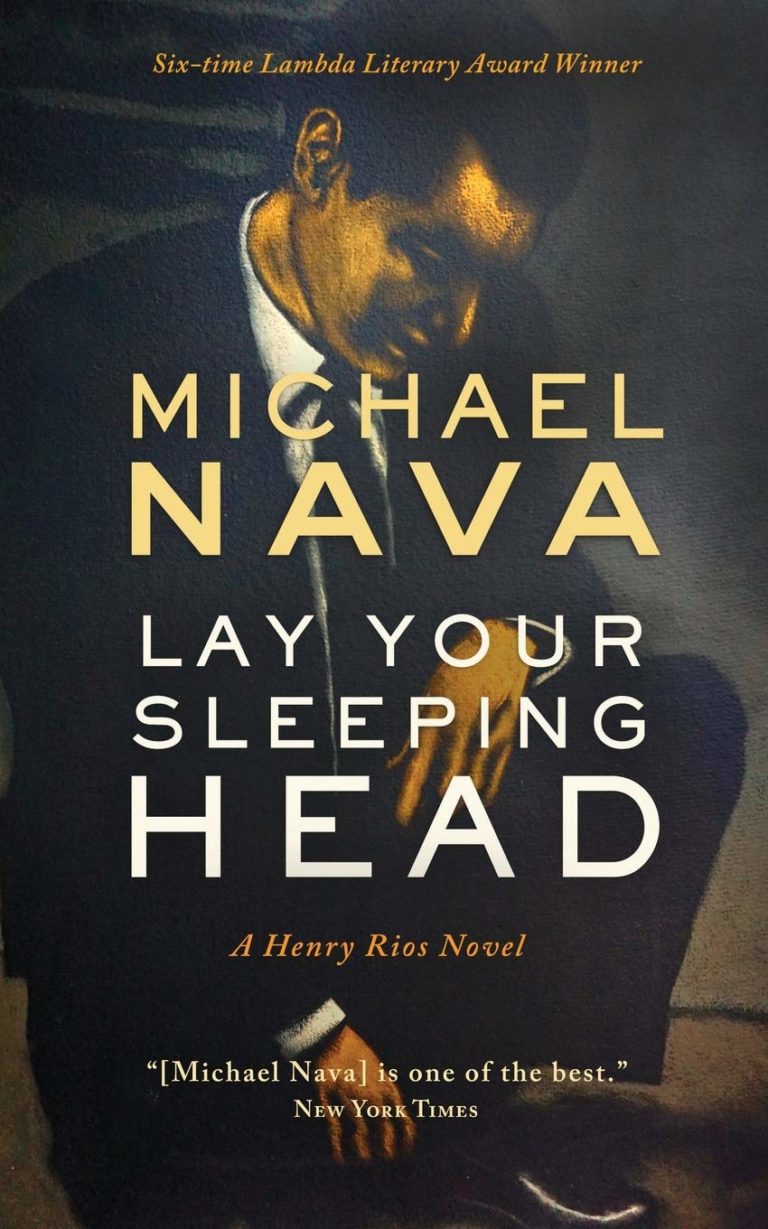
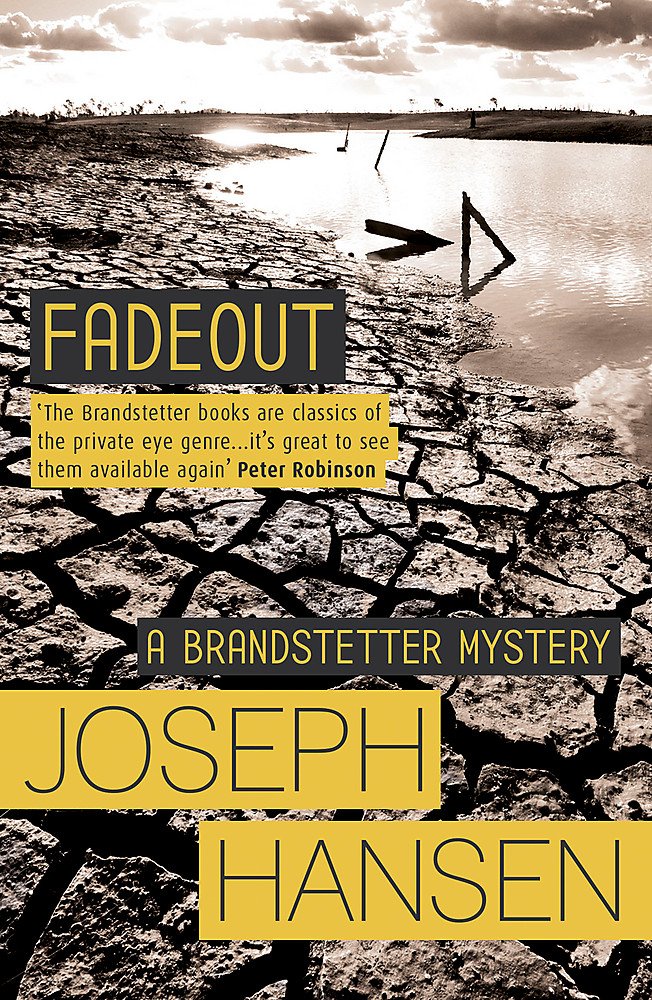
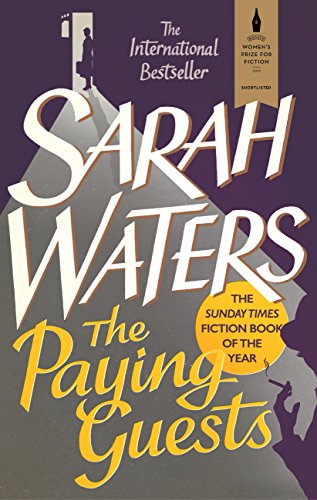
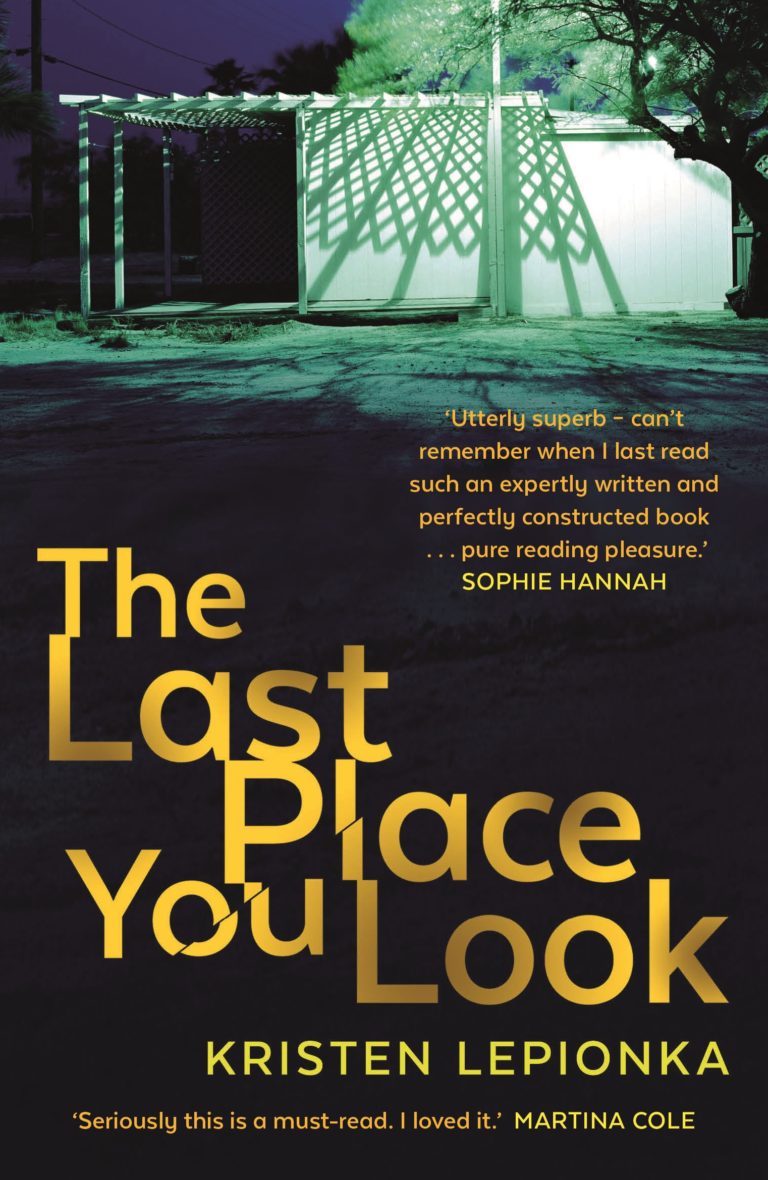
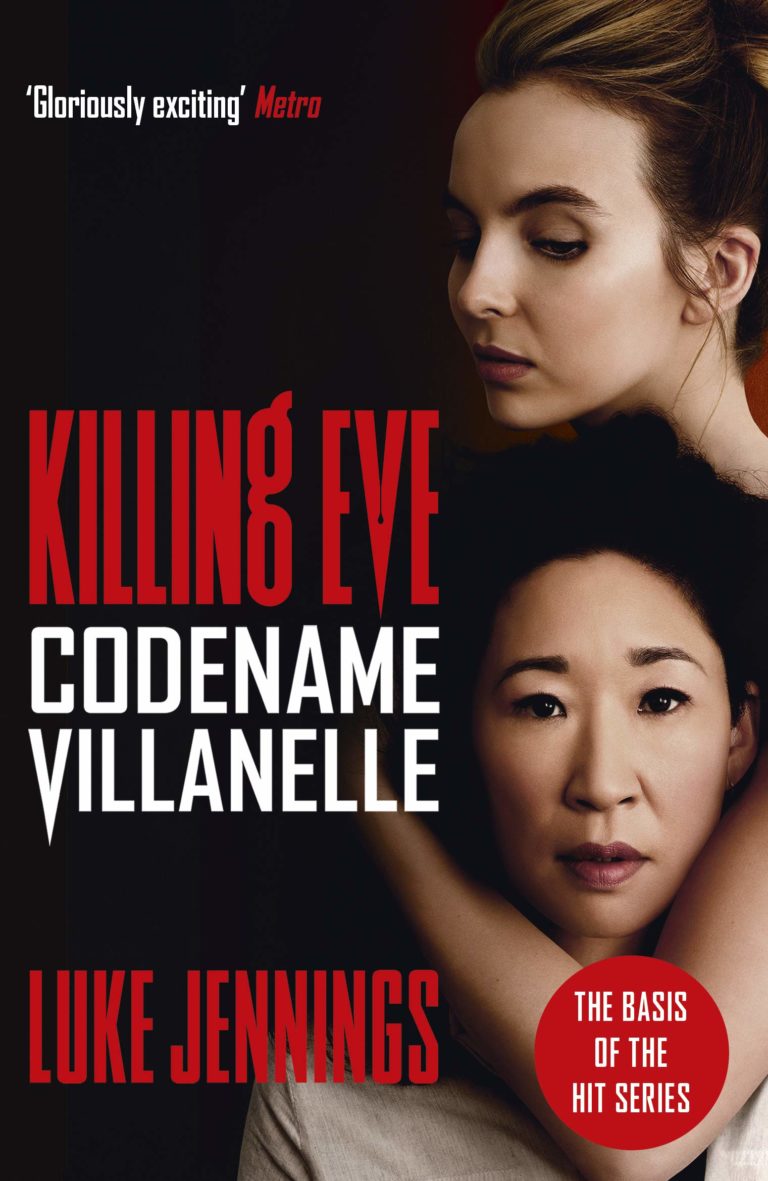
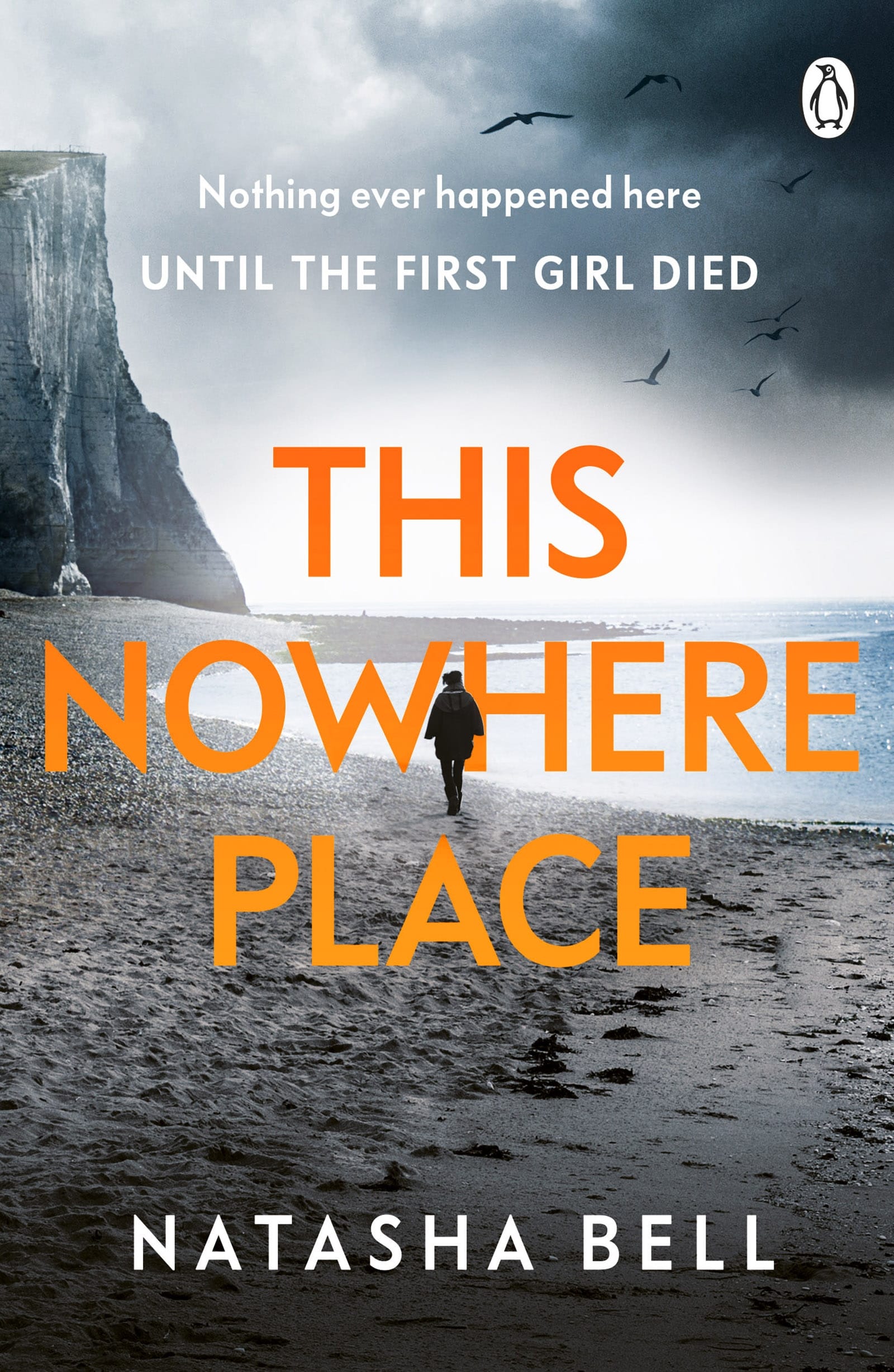

Please note: Moderation is enabled and may delay your comment being posted. There is no need to resubmit your comment. By posting a comment you are agreeing to the website Terms of Use.